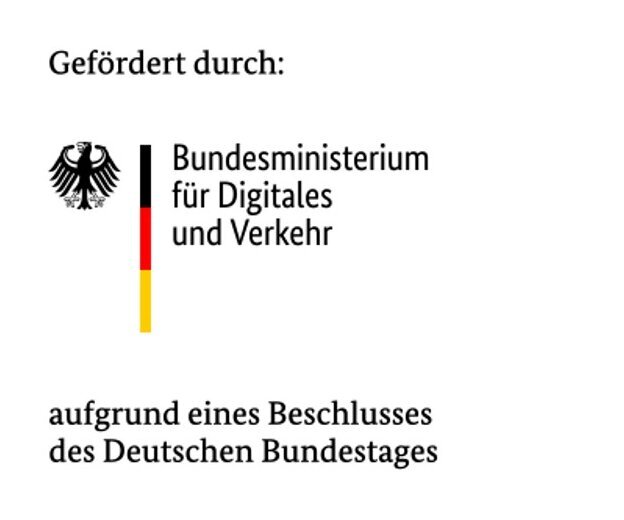
MODELO-Rad
The objective of MODELO-Rad is to develop a tool for high-resolution, route- and cyclist-type-dependent simulation of cycling. The simulation tool models the biomechanical processes of cycling from the cyclists' point of view in terms of: Performance, speed, travel time, interaction with other road users, comfort, etc. It enables an assessment of the quality of travel processes for existing and future cycling infrastructure from the perspective of cyclists. The tool allows to virtually assess the impact of cycling infrastructure before real implementation and therfore to perform integrated and strategic planning. The project thus addresses the goal of the NRVP 3.0 to improve traffic conditions for cycling in Germany.
The MODELO-Rad Project develops a Modeling Tool for Microsimulation of existing and planned Cycling Infrastructure
The Institute for Transport Systems and Infrastructure (IVI) and the IEEM have joined forces for this project. The aim of the MODELO-Rad is the development of a tool for high-resolution, route- and cycle type-dependent simulation for bicycle traffic. This tool shall allow a detailed assessment of the quality of cycling operations for existing and future cycling infrastructure/routes. The simulation tool is based on the physical representation of cycling dynamics and considers biomechanical aspects as well as interactions with other road users. In this context, the biomechanical modeling of bicycle traction is based on individual cyclists. The identification of the route characteristics relevant for bicycle riding is carried out with the help of physical laws, so that the expected speed is calculated depending on the characteristics of the route. By means of an empirical survey, on the one hand, the factors identified are verified and, on the other hand, the properties for describing the interaction with other road users and the infrastructure are deduced for the modeling. These properties are used to model the behavior of cyclists, which considers a fleet of different types of cyclists for a representative representation. The modeling is validated by using real data. Thus, the simulation represents the cycling of a route from the perspective of cyclists and thus allows the evaluation of relevant variables (e.g. speed, travel time, required traction power, effort expended, etc.) for existing and planned bicycle infrastructure.
Overall Objectives and Target Groups
The simulation tool is addressed to the municipal administration, engineering offices and all actors involved in cycling planning and cycling promotion. In order to develop a tool that is most practical and usable in a variety of ways, requirements are collected from the participating practice partners, which are taken into account in the development of the simulation tool as well as the associated model. In this way, cycling planning and cycling promotion can be supported in the following tasks:
- Decision support for bike route/infrastructure alignment alternatives being planned (identification of alternative to minimize travel time, power requirements, etc.),
- Identification of optimization needs for existing and planned bicycle routes/infrastructure in terms of time loss, performance, and safety,
- Area-wide evaluation of bicycle infrastructure and identification of sections with potential for improvement (high performance needs, large travel time losses, etc.),
- Estimation of bicycle travel times for travel time comparisons with other transportation modes,
- Determination of the effect of infrastucture gap closures and expansion measures in the cycling network on travel time and performance requirements as a basis for cost-benefit considerations.
By using the simulation, the perspective of cyclists can represent a quality grade in planning and evaluating cycling infrastructure. For this purpose, the tool can be used flexibly for already existing or future infrastructure and can be useful for the consideration of single infrastructure elements up to municipal and supraregional cycling networks. Furthermore, a standardization of the planning processes based on the uniform impact variables of cycling provided by the tool becomes possible.

Key data
Karlsruhe
Institute of Energy Efficient Mobility (IEEM)
Moltkestr. 30
76133 Karlsruhe
Post >
Institute of Energy Efficient Mobility (IEEM)
Postfach 2440
76012 Karlsruhe